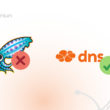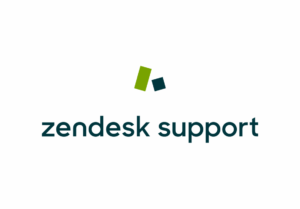The information technology market is characterized by great dynamism, constant evolution and is becoming more active every day in society's daily life.
With human resources as its main capital and engine of development, the use of technology sees frequent innovations and offers multiple possibilities for inserting professionals in the field into the job market, such as: software, hardware or in the provision of services.
Taking into account the updates and constant evolution in the area, the IT professional needs to be qualified and technologically updated to meet the growing demands of the sector and prosper in their career. Knowing the characteristics, tools, and information necessary to facilitate processes is what is expected of this professional, making such knowledge fundamental.
The IT Guide for Small and Medium-sized Companies developed by Lumiun is a contribution to the sector, which has a great affinity with the company. Therefore, we intend to help IT professionals perform their work more effectively in small businesses.
Download Free eBook
Download the IT Guide eBook in PDF format and read it whenever you want.
summary
- Backup
- Active Directory Domain Services
- Routers and Switches
- Firewall and Internet Access Control
- Antivirus and Antimalware
- VPN – Virtual Private Network
- Office Suite
- File Storage
- Business Email
- Corporate Communication
- Activity and Process Management
- Helpdesk and Service Management
- Video conference
- References
Backup

It is never enough to remember the importance of having a reliable backup, from which important data can be recovered after any incident. In some types of attack, such as ransomware, which locks data until a ransom is paid , the main way to solve the problem is to restore company data from a backup copy. Backup is essential for the security of company information.
The backup strategy must be implemented in such a way that there is a backup copy maintained in a location disconnected from the original location of the data. If the backup copy is made on an additional disk constantly connected to the server or network where the original data is located, in the specific case of ransomware, it is possible that the backup files will also be blocked at the time of the attack, making the backup useless. It is important to have a backup copy in a separate location from the original location where the data is stored.
To understand the importance of making a backup copy of your company's data and documents, imagine, suddenly, your company losing all of its financial spreadsheets, management controls, commercial data, customer information, products and services offered and history of its collaborators. It is very difficult to imagine the depth of the impact of such a situation on a company. The loss will be enormous, and all administrative and commercial activities of the company will be compromised.
To avoid this situation, it is essential to maintain a well-structured backup strategy. The more automated the task of performing the backup, the greater the chance of having it up to date when data restoration is necessary. It is important to periodically document and test the restoration process: the point of a backup is not to have a copy of the data, but to have a successful restoration when necessary.
In general, you should analyze:
- data source : files, databases, virtual machines, emails?
- frequency : monthly, weekly, daily, hourly?
- retention time : keep weekly copies for 12 weeks, daily copies for 30 days?
- level of backup jobs : full, differential, incremental? There are programs that perform full synthetics from incremental copies.
- target media : LTO tapes, external USB HDD, cloud storage?
For companies that do not yet have a well-structured backup and want to start with a copy of their important data in the cloud, we have listed some options:
Services for simple cloud backup
Services for simple backup to external storage (such as USB disk drives)
- Windows 10 Backup and Restore
- Apple Time Machine (for Mac)
- Timeshift (for Linux)
- Déjà Dup (for Linux)
- Duplicity (for Linux with text interface)
More structured backup services
Active Directory Domain Services

What is Active Directory?
Active Directory Domain Services, or Active Directory Domain Services (AD DS), is a set of Microsoft services that provide access interfaces and data storage mechanisms related to user accounts, computer accounts, network information, and configuration policies and use of network resources. Information is stored in the directory in the form of objects, organized in a hierarchical database. Active Directory has a built-in security framework that uses authentication and permissions to control access to directory objects.
How is Active Directory structured?
Active Directory Domain Services has the following components, among others: schema , which defines the classes of objects and their attributes to be stored in the directory; global catalog , which has information about objects and allows users and systems to locate resources managed by the directory; and the replication service , which coordinates the replication of data between multiple servers designated to store copies of directory service information.
Network administrators can use AD DS to store and organize objects on a network (such as users, computers, devices, etc.) in a secure hierarchical containment structure, known as a logical structure. Although the logical structure of Active Directory is a hierarchical organization of all users, computers, and other physical resources, the forest and domain form the basis of the logical structure. Forests, which are the security boundaries of the logical structure, can be structured to provide autonomy and isolation of data and services in an organization in ways that can reflect site and group identities and remove dependencies on the physical topology.
Domains can be structured into a forest to provide data and service autonomy and optimize replication with a given region. This separation of logical and physical structures improves manageability and reduces administrative costs because the logical structure is not affected by changes to the physical structure. The logical structure also allows you to control access to data. This means that you can use the logical structure to compartmentalize the data, so you can control access to it by controlling access to the various compartments.
Data stored in Active Directory can come from a variety of sources. With so many different data sources and so many different types of data, Active Directory must employ some type of standardized storage mechanism to maintain the integrity of the data it stores. In Active Directory, objects are used to store information in the directory and all objects are defined in the schema (schema). Object definitions contain information, such as data type and syntax, that the directory uses to ensure that the data stored is valid. No data can be stored in the directory unless the objects used to store the data are first defined in the schema. The default schema contains all the object definitions that Active Directory needs to function; however, you can also add other object definitions to the schema.
While the directory is exposed to users and systems through a logical structure consisting of elements such as domains and forests, the directory itself is implemented through a physical structure consisting of a database stored on all domain controllers in a forest. The data store, which consists of physical files and services, manages all access to the Active Directory database.
The Active Directory structure and storage architecture consists of four parts:
- Forests , Domains and Organizational Units : forests, domains and organizational units (OUs) make up the main elements of the Active Directory logical structure. A forest defines a single directory and represents a security boundary. Forests contain domains, and domains contain organizational units (viewed in the AD manager as “folders” of objects).
- DNS : Active Directory Domain Services use DNS – which can even be configured in an integrated manner with AD – to provide information about the services it provides, in a hierarchical design and according to a naming convention that reflects the organizational structure.
- Schema : Schemas are object definitions used to create the objects stored in the directory.
- Database : The data store is the part of the directory that manages the storage and retrieval of data on each domain controller.
Is it called Active Directory or Active Directory Domain Services?
The concept of Active Directory was introduced by Microsoft in Windows 2000 Server. The correct name was “Active Directory” in Windows 2000 Server and Windows Server 2003. Starting with Windows Server 2008, including Windows Server 2012 and Windows Server 2016, the correct name is “Active Directory Domain Services” (AD DS).
What is a Domain Controller in Active Directory?
One of the main functions of Active Directory in a corporate computer network is domain management, through one or more servers designated as Domain Controllers . On Windows Server, you can have it play the role of Domain Controller, creating a new domain on the company's internal network (or integrating this Controller into an existing domain).
With a Domain Controller, the network administrator can also keep the DHCP , in addition to the DNS, already mentioned, and manage all Windows computers on the network in an integrated way. The computers will be joined to the domain, becoming members of the domain, so users will be able to have their user accounts registered centrally in Active Directory and will be able to log on to the computers without having to create user accounts locally on each computer . This would be a most basic benefit. Along with this comes the possibility of centrally managing a file server, with shares separated by sectors or projects and specific access permissions for each group of users. Furthermore, the Group Policy Object (Group Policy Object, or simply GPO ) feature greatly facilitates the management of the machine pool due to the possibility of making, in a centralized and coordinated way, various configurations on equipment with the Windows operating system.
User accounts and groups registered and managed through Active Directory can be used for authentication and reporting in other systems, such as internet access control services with user authentication in Active Directory .
Routers and Switches

Choosing routers and switches for the company network requires evaluating aspects that are not so relevant in home use. Therefore, an excellent router for residential use, for example, is not necessarily a good router for use on the company network.
How to choose a good router for your company network?
Initially, we will separate the different types of equipment, each with its specific functions:
Switch
The switch is a network hub, also called a switch, which receives the connection of several network cables and makes the logical interconnection of the different devices efficiently and with great performance. It acts mainly on the link layer of the OSI Model .
In the past, the “hub” was used, which evolved to become the “switching hub”, today simply called a switch. The difference between the hub and the switch is that the hub, when receiving a packet, always forwards it to all ports; The switch, when receiving a packet, tries to forward it only to the port on which the recipient of that packet is located. This way, the switch performs with more performance and fewer collisions than the hub.
How to choose the best switch for the company network?
Main aspects to consider when choosing the ideal switch for each scenario:
- Number of cable ports (RJ45) and speed : currently there are switches from 5 ports to modular switches with more than 200 ports. The most common options for small and medium businesses are 48, 24, 16 or 8 port switches. The standard speed for new switches is 1 Gbps (Gigabit per second), also called 1 GbE, with ports automatically adapting to speeds of 1 Gbps, 100 Mbps and 10 Mbps.
- Number of fiber optic ports and speed : they are typically used for high-performance connections between switches and/or between buildings. The main standards currently used are SFP (for modules with speeds up to 4.25 Gbps), SFP+ (for speeds up to 10 Gbps) and QSFP+ (for speeds up to 40 Gbps).
- Possibility of management : there are managed switches and unmanaged switches. Unmanaged switches are simpler and do not allow any configuration. Managed switches allow monitoring of switch operation, firmware updating and provide configurations related to VLAN (Virtual LAN, for separating the network into different subnets and broadcast domains), STP (Spanning Tree Protocol, for reducing problems with network loops), LAG (Link Aggregation, for aggregating ports), as well as several others.
- Switching capacity : Also called backplane capacity or switch fabric capacity, it is the maximum internal bandwidth of simultaneous traffic processing. Some small switch models do not report this data. Switches with more ports require more switching capacity to support traffic on all ports. It varies from a few Gbit/s, in simple switches, to several Tbit/s in high-performance switches.
- Forwarding rate : also known as forwarding rate, it informs the number of packets that the switch is capable of forwarding per second. It is expressed in pps (packets per second), normally in the magnitude of Mpps (millions of packets per second).
- Packet buffer memory and RAM memory (CPU memory) : this is interesting information for comparing switch models.
- Dimensions : It is important to check the size of the switch to determine if it will fit correctly in the location to be installed. If it is in a standard 19-inch rack, check that the depth of the rack is sufficient for the depth of the switch.
Some interesting switch models for small and medium-sized companies:
- Dell N1124T-ON : 24 Gigabit RJ45 ports, 4 SFP+ ports, manageable, switching capacity 128 Gbps, forwarding rate 96 Mpps.
- Dell N1148T-ON : 48 Gigabit RJ45 ports, 4 SFP+ ports, manageable, switching capacity 176 Gbps, forwarding rate 132 Mpps.
- TP-Link T2600G-28TS : 24 RJ45 Gigabit ports, 4 SFP ports, manageable, switching capacity 56 Gbps, forwarding rate 42 Mpps.
- TP-Link T2600G-52TS : 48 Gigabit RJ45 ports, 4 SFP ports, manageable, switching capacity 104 Gbps, forwarding rate 77 Mpps.
- TP-Link TL-SG108E : 8 RJ45 Gigabit ports, manageable, switching capacity 16 Gbps, forwarding rate 12 Mpps.
Wired Router
A router is a piece of equipment capable of forwarding data packets between different networks. When connected to two or more networks, the router is able to decide where a particular packet should be sent, based on its destination address and other attributes. It defines this based on a route table, containing static routes and dynamic routes. For devices connected to your company's internal network to be able to access the internet, you need one or more routers that connect your internal network to the provider's network and so on.
Routers also perform the function of NAT (Network Address Translation) , allowing internal networks with non-routable IP addresses to connect to the internet. In small businesses, it is usually not necessary to use routing protocols such as OSPF, BGP and RIP.
The router mainly works at the network layer of the OSI Model. There are switches that have the routing function integrated, and vice versa, combining both functions in the same equipment. Router functions can also be embedded in a network firewall.
For a packet to leave your network, it needs to do so through a router. For example, an access request to a certain website will be contained in packets that need to leave the network where your computer is located and go to the website's servers on the internet. To leave the local network, the packet will be destined for the network gateway , which is the router responsible for interconnecting your local network with other networks, until it reaches servers on the internet. To find out which routes a packet takes, you can do a simple test with the tracert utility (on Windows) or traceroute (on Linux).
How to choose the best router for your company network?
Listed below are some important characteristics that can be evaluated to choose the best router for each scenario in small and medium-sized companies:
- Number of network interfaces and speed : the router will have at least 2 network ports (usually called WAN and LAN) and some models have ports with configurable function. Regarding speed, if the traffic you need to route reaches more than 100 Mbps, it is important that the router has Gigabit Ethernet (GbE) ports. If the traffic speed is lower, a router with 100 Mbps ports (standard also known as Fast Ethernet) may be more economical.
- Management interface : Check whether the management interface is accessible for your level of expertise or whether it will require hiring an expert to configure the router.
- Load balancing : some router models allow you to receive two or more internet connections, have settings so that traffic is distributed between these links and act so that internet access continues to work even when one of the internet connections drops. This feature is also known as link balancing, load balancing, link failover and link backup. There are times when this router is called a load balancer.
- VLAN support : if your internal network is segmented into multiple subnets using VLAN (Virtual LAN) technology.
- Firewall : most routers have a firewall with integrated IP filtering. However, many have inefficient and limited management.
- Traffic control: also known as QoS and Traffic Shapping, this is the feature that allows you to reserve greater internet speed for some applications or equipment and limit the speed of others. Like the firewall, some routers have the feature but in a very limited way.
- RAM memory : in general, higher performance routers have more RAM memory than simpler routers.
- Performance : typically expressed in the form of throughput (transfer rate) in packets per second or bits per second for different scenarios, such as throughput with NAT, without NAT, with packets of different sizes, with firewall rules, without firewall rules. The form of testing and specification varies between manufacturers.
Some router models widely used in small and medium-sized companies:
- Cisco RV340 Dual Gigabit WAN VPN Router (RV340-K9-BR) : 6 Gigabit ports (2 WAN and 4 LAN), management via web interface and text, 1 GB RAM memory.
- TP-Link TL-ER5120 : 5 Gigabit ports, management via web interface, 256 MB RAM, maximum NAT transfer rate 800 Mbit/s.
- TP-Link TL-R480T+ : 5 ports 100 Mbps, management via web interface, 128 MB RAM.
- Ubiquiti EdgeRouter Lite (ERLite-3) : 3 Gigabit ports, management via Ubiquiti management system, 512 MB RAM memory, maximum transfer rate with 512 byte packets of 3000 Mbps.
- MikroTik hEx (RB750Gr3) : 5 Gigabit ports, management via web interface or text, RAM memory 256 MB, maximum transfer rate with 512 byte packets at 1820 Mbit/s. It allows advanced configurations and requires a certain technical knowledge for correct configuration.
Wireless Router and Access Point (AP)
The equipment called “wireless router” has the function of a wireless access point (wireless access point, or simply AP) integrated with the functions of a router and also a switch. However, in the company's Wi-Fi network, equipment specialized in the “access point” function – also called bridge mode – will normally work better without performing routing functions.
When managing the wireless network, attention must be paid to reducing the overlap of different networks on the same channels. This is a very common problem in the 2.4 GHz spectrum, which tends to be “polluted” by the great competition of different wireless networks competing for the few channels available at this frequency. An app that helps you check this using your smartphone is WiFiman for Android and WiFiman for iPhone .
How to choose the best wireless router for your company network?
In general, there are currently characteristics that need to be observed when choosing a wireless router to ensure the proper functioning of Wi-Fi in the company:
- Wireless operating frequency : many routers work in two frequency bands, called dual band. A band, more compatible with any Wi-Fi devices, but much more crowded and susceptible to interference, is 2.4 GHz (IEEE 802.11b/g/n standards). The other band, which is faster and less susceptible to interference, but has a shorter range, is 5 GHz (IEEE 802.11ac/n/a standards). To obtain the best compatibility and performance, it is important that the router works in both bands, that is, dual band.
- MIMO support : “Multiple Input, Multiple Output” is the technology that allows the router to use multiple antennas to send and receive several data streams simultaneously, increasing the overall performance of the Wi-Fi network. There are variations, which are not relevant to small and medium-sized companies, called SU-MIMO (802.3ac Wave 1) and MU-MIMO (802.3ac Wave 2).
- Wireless operating speed : expressed in terms of Megabits per second, this is the maximum bandwidth that the equipment supports at each of the wireless operating frequencies.
- Wired connection speed (RJ45) : if the objective is to use more than 100 Mbit/s of aggregate traffic speed on this wireless router, it is important that it has an RJ45 cable port that is Gigabit Ethernet (GbE), or 1000 Mbps, as some manufacturers specify.
- VLAN support : Your local network may be segmented into different VLANs for employee and visitor data traffic, for example, and you may want to assign Wi-Fi networks with different names (SSID) for each VLAN. In this case, the access point must support VLAN.
- Centralized management : if the company has multiple wireless routers, it is interesting to manage the entire wireless network centrally. This will bring more security to the network, due to the consistency of configurations and firmware updates, as well as greater performance and stability of the Wi-Fi network.
- Installation format : there is equipment with built-in antennas and power supply via PoE, which has a more interesting design for the aesthetics of the place, and can even be installed on the ceiling.
The following list lists some models of APs – wireless access points – that work well in small and medium-sized business networks.
- Ubiquiti UniFi AP AC PRO : dual band, 450 Mbps on 2.4 GHz and 1300 Mbps on 5 GHz, Gigabit cable connection, supports VLAN, centralized management via UniFi Controller.
- Ubiquiti UniFi AP AC LITE : dual band, 300 Mbps on 2.4 GHz and 867 Mbps on 5 GHz, Gigabit cable connection, supports VLAN, centralized management via UniFi Controller.
- TP-Link EAP225 : dual band, 450 Mbps on 2.4 GHz and 867 Mbps on 5 GHz, Gigabit cable connection, supports VLAN, centralized management via Omada Controller.
- Intelbras AP 1210 AC : dual band, 300 Mbps in 2.4 GHz and 867 Mbps in 5 GHz, Gigabit cable connection, supports VLAN, centralized management via WiseFi.
- D-Link DAP-2610 : dual band, 400 Mbps on 2.4 GHz and 867 Mbps on 5 GHz, Gigabit cable connection, supports VLAN, centralized management via Central Wi-Fi Manager.
- TP-Link Archer C6 : dual band, 300 Mbps on 2.4 GHz and 867 Mbps on 5 GHz, Gigabit cable connection, no centralized management. It is a router but can be used in bridge mode.
Firewall and Internet Access Control

firewall
A firewall is a security device that controls the flow of data on a network. With it, you can filter traffic, configuring what should pass through and what should be discarded. It can be installed between two different networks, between two segments of the same network or even on an end equipment connected to the network.
When correctly configured on a computer network, the firewall works as an additional layer of protection against external attacks and increases the security of the company's network, equipment, systems and information. Typically, the firewall is one of the main defenses at the perimeter of a private network , being an essential component in protecting against unwanted traffic and intrusion attempts.
Currently, several network firewall solutions offer complementary features that go beyond the packet filter that is the IP Firewall itself. Features related to routing, load balancing, VPN connections and webfilter, among others, are offered.
Internet Access Control
Controlling internet access is a common practice in companies and is increasingly important and necessary. Two main points must be observed when managing internet use in corporate environments: data security and team productivity.
In most incidents or security breaches, the gateway to attacks or virus installation are users who are unable to identify possible risks and end up clicking on fake email messages or malicious links on the internet.
The most common types of incidents currently are:
- Data hijacking, also known as Ransomware
- Financial fraud, such as changing bills
- Phishing or theft of confidential data from fake websites
- Installation of viruses and compromise of network and equipment
In relation to team productivity, managers need to avoid wasting time or lack of focus on the part of employees with activities on the internet that are personal or unrelated to work. Unfortunately, this is a common problem in companies, research shows that employees spend only 43% of their working week on the functions for which they were hired.
Improper use of the internet by employees can compromise the company's productivity. This waste of time can occur in countless ways, accessing social networks such as Facebook or Instagram, accessing personal email, communication services such as WhatsApp or Telegram, entertainment sites, shopping, sports, among others. According to research, workers are interrupted an average of 14 times a day because of these internet tools and with each interruption it takes them a few minutes to return to the original task.
Internet access control can currently be done through tools called webfilter, web filter, web control, proxy, DNS filter, varying depending on the manufacturer and technology used.
How to choose the best firewall for your company network?
Listed below are some aspects that can be considered when choosing the best firewall solution for the small and medium business scenario.
- Management interface : Check whether the management interface is accessible for your level of expertise or whether it will require hiring an expert to configure and maintain the solution.
- Technical support and updates : for firewall and internet access control solutions, it is important to have frequent updates throughout the time the solution is used in the company. It is also interesting to check whether technical support is accessible and fast.
- Reports : search and compare examples of reports issued by the solution, this is a point where some solutions differ greatly.
- Browsing control technology : some solutions use an HTTP proxy, others use a DNS filter. The HTTP proxy allows for more detailed control, however the DNS filter has much faster implementation, more efficient operation and greater compatibility with all types of applications and protocols in use in the company.
- User authentication : if the company has users and groups organized in Active Directory, it may be interesting to use the same user base for authentication and internet access reporting. To achieve this, the internet access control service must allow authentication integrated with Active Directory.
- Data transfer rate : this criterion can be greatly simplified by observing whether the equipment has network ports with a speed of 1000 Mbps (Gigabit Ethernet) or 100 Mbps (Fast Ethernet) and making this compatible with the speed of the company's internet connection.
- Centralized management : if the company has multiple units or branches, it is interesting to manage the entire solution centrally. This will bring more security to the network, due to the consistency of configurations and updates, in addition to less time required for configuration and maintenance of the solution in the day-to-day IT area.
- Traffic speed control: also known as QoS and Traffic Shapping, this is the feature that allows you to reserve greater internet speed for some applications or equipment and limit the speed of others.
- VPN service : VPN, or Virtual Private Network, allows users who are outside the company to connect easily and securely, via the internet, to the company's network. Through VPN, remote users, whether at home office or traveling, can safely access internal network resources, such as systems, files and servers.
Some Firewall and Internet Access Control solutions used in small and medium-sized business networks:
- Fortinet FortiGate
- Lumiun Enterprise
- Sophos XG Firewall
- Blockbit
- SonicWall TZ
- pfSense
- Linux with iptables and squid
Antivirus and Antimalware

Many think that antivirus and antimalware mean the same thing. Both are software designed to detect, protect against and remove malicious software.
Contrary to what the name suggests, antivirus software doesn't just protect against viruses, it's just an old-fashioned name to describe what it actually does.
Antimalware is also software made to protect against viruses. The difference is that antimalware uses a more modern name, which covers all types of malicious software, including viruses.
That said, antimalware can prevent virus infection and remove infected files. However, antimalware is not always able to restore files that have been modified or replaced by a virus. Both antivirus and antimalware fall into a broader category called cybersecurity.
To choose the ideal antivirus to protect your equipment, you can follow studies from independent international institutions such as AV-Test or AV-Comparatives , which use thousands of different samples and malware and attest to the efficiency of the most diverse antiviruses in protecting the system and cleaning it. of an already infected system, in addition to other characteristics such as ease of use for the user and the impact of the antivirus on the speed of the equipment.
A common mistake that should always be avoided is the false impression that using more than one antivirus will make the system more protected, never do this, always use only one antivirus installed on the equipment.
There are several ways for a machine to contract viruses. They can appear through pendrives, emails, websites with erotic or dubious content, downloads of infected files and programs and through various other means. These viruses and malicious codes are intended to interfere with the functioning of the computer or other device to record, corrupt, destroy data and transfer information to other machines.
The main difference between paid antivirus and free antivirus is that paid versions offer extra protections to increase protection, which for the most part are not available in free versions.
Best antivirus for businesses
According to the independent research institute for IT security Av-Test , these are the antiviruses that have the best protection for business users.
Only software that received the Av-Test Top Product seal is listed in alphabetical order.
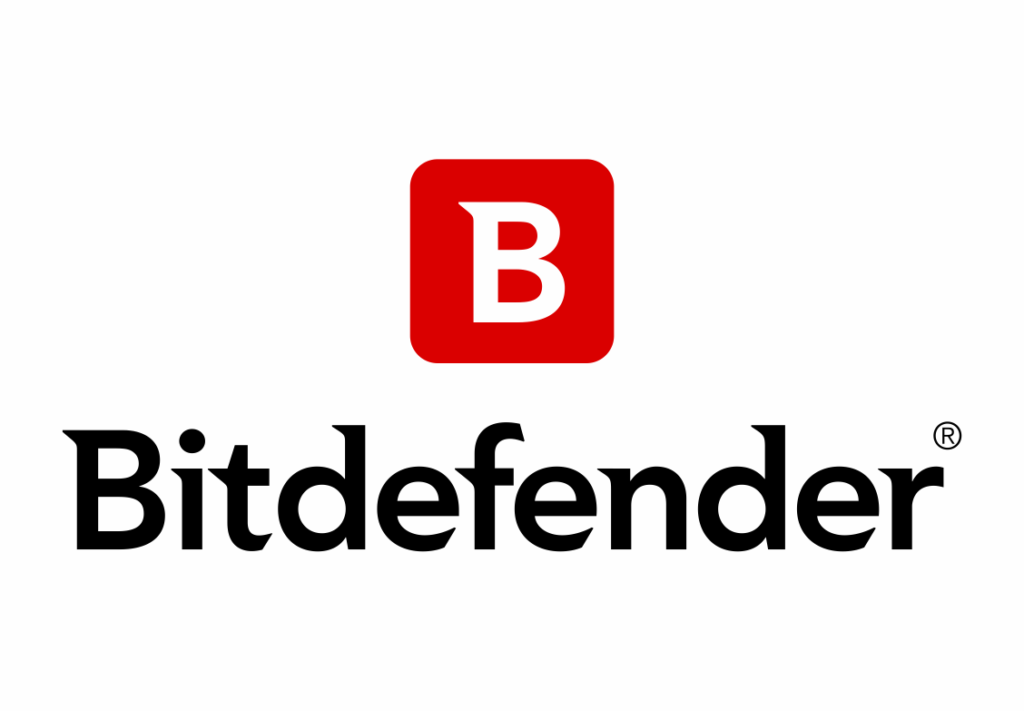
Bitdefender
Bitdefender is one of the most powerful antiviruses on the market. It is very good for all operating systems, especially for Windows users who can enjoy the cheapest plans.

F-Secure
Excellent security protection doesn't have to be complicated ‒ and F-Secure proves this point with all its might. Instead of filling the product with unnecessary frills, F-Secure designed a fast, easy-to-use and effective Internet antivirus/security/VPN package in F-Secure Total.
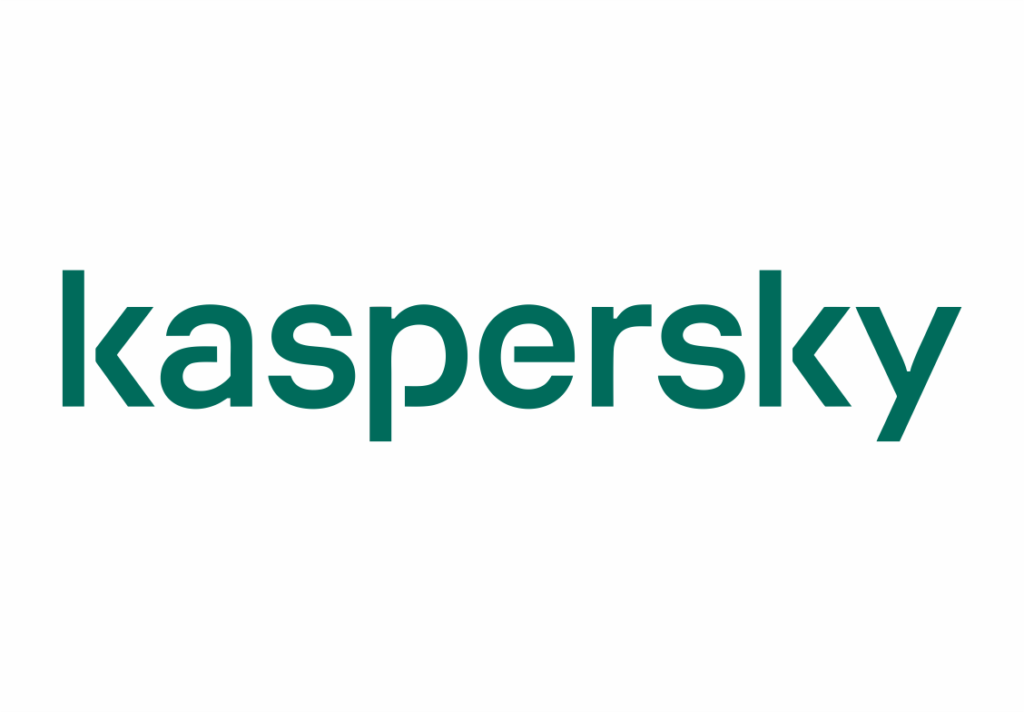
Kaspersky
Offering powerful real-time protection against malware, an easy-to-use interface available in Portuguese, as well as almost no impact on system performance, Kaspersky offers excellent basic protection against viruses, being one of the best on the market in this aspect.
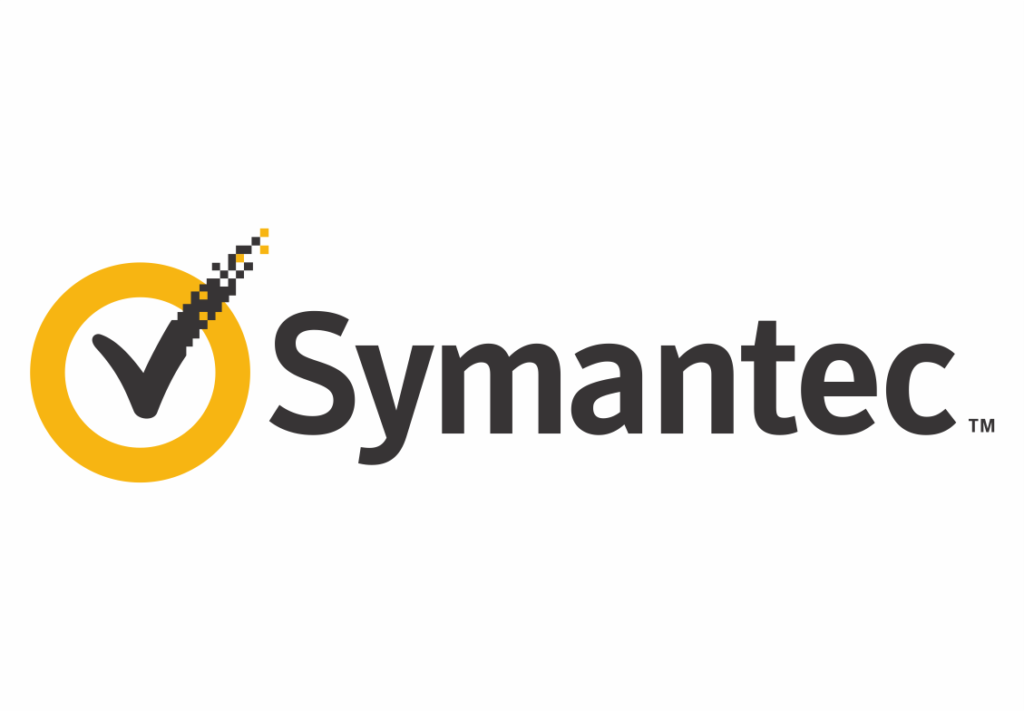
Symantec
Developed by Symantec, a reference in digital security, antivirus is an advanced solution in terms of protection for your computer. And it keeps getting better, now with exclusive features to scan for threats on the web and your computer.
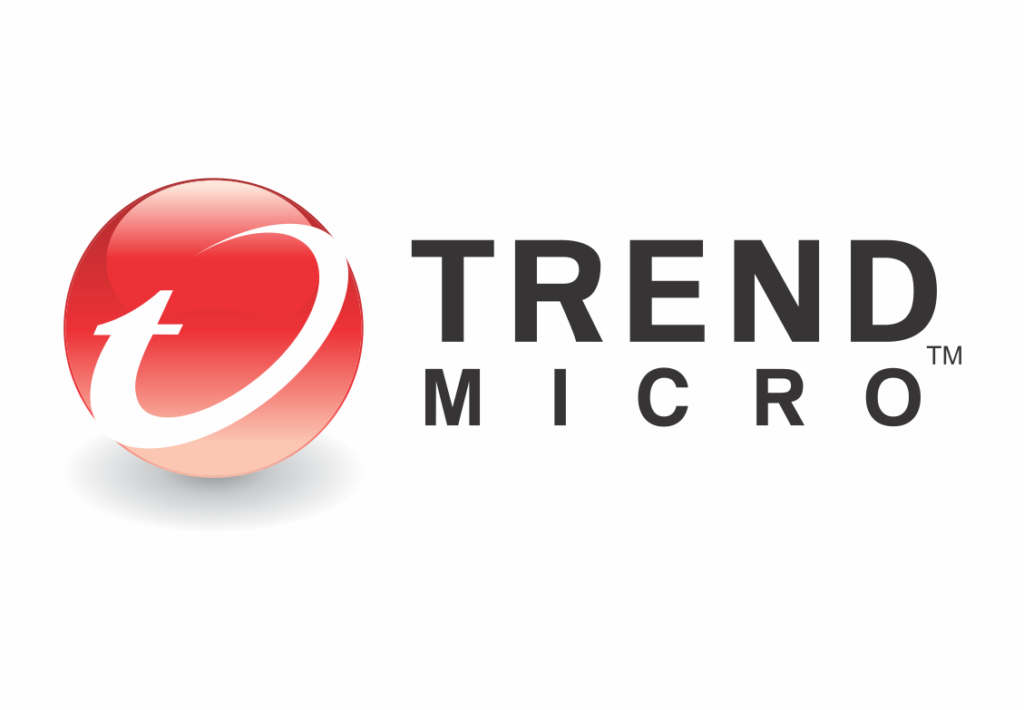
Trend Micro
Trend Micro is a flexible and powerful antivirus that protects you from a variety of attacks and hackers. Thanks to its smart design, Trend Micro is always one step ahead of hackers and puts an end to gimmicks to focus on security.
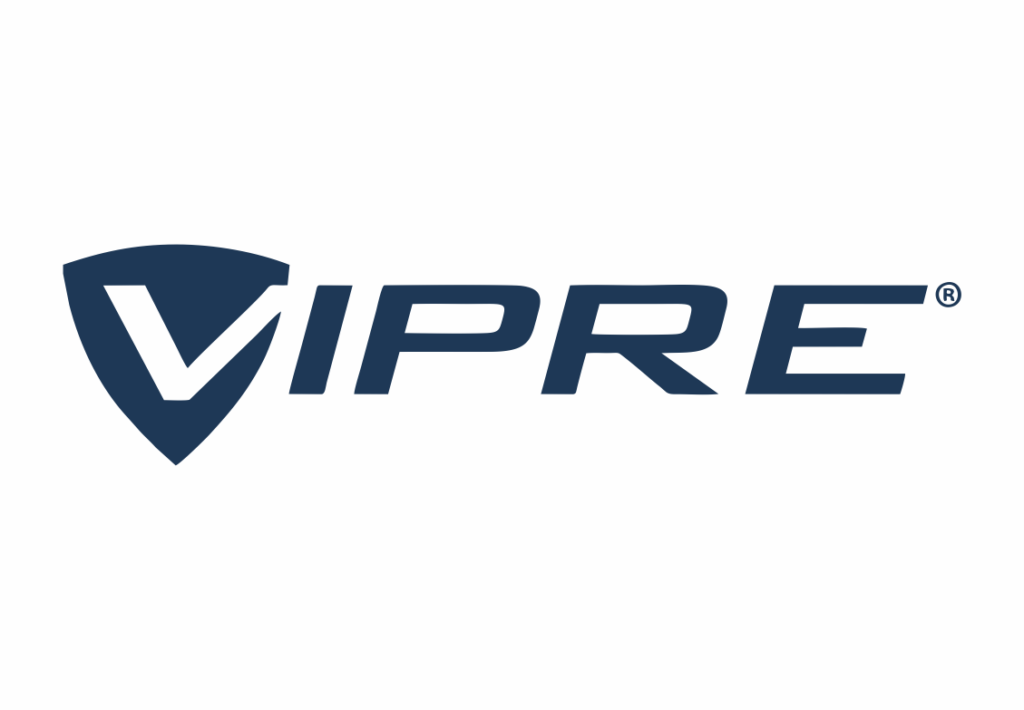
Vipre
VIPRE Antivirus, by VIPRE Security, is a very well-built and well-designed antivirus program. The company borrows some of the best features from the best-known programs on the market (Kaspersky, Norton, AVG, etc.), in addition to offering a reasonable number of exclusive services and tools.
VPN – Virtual Private Network

The acronym “ VPN ” stands for Virtual Private Network , translating Virtual Private Network. It is a network technology that uses the internet to connect a group of computers and maintain the security of data traveling between them.
In a common scenario, when you connect to the internet and browse websites, download materials and send documents by email, your device is identified through the IP number, and much of your data (excluding the most sensitive) they travel openly and can be intercepted by providers or malicious software. With a private network, data is encrypted, the user is protected and cannot be easily identified.
This technology is used by people who mainly want to ensure browsing privacy and access restricted content in the country. But companies around the world are discovering how to take advantage of VPNs to increase the security of their data and remote work.
Advantages and benefits of VPN for companies
Using VPN in a corporate environment is proving to be a good opportunity for IT managers who care about security, productivity and cost reduction.
Information security
The main advantage for a company that uses VPN is certainly the increase in information security when there is a need to transfer confidential data between branches or for employees who work remotely and need to access data on the local network.
Cost reduction
The investment to provide a VPN connection in your company is very low if you consider the costs of damage and losses that a leak of confidential data can cause. Just to give you an idea, in 2019 Brazil lost more than R$80 billion to cyber attacks.
Increased productivity
The peace of mind to work without worrying about so many security issues means that employees are only focused on what matters and consequently their productivity increases. For this reason, VPN can be a great ally in corporate environments.
Mobility
With a VPN, a company can provide secure access to internal network resources, such as documents or software, to any employee or customer from anywhere in the world. With this mobility benefit we were able to demonstrate previous advantages such as safety, reduced travel costs and increased productivity.
Best Corporate VPN options
NordVPN
NordVPN, which is based in Panama, is one of the most popular names on the market.
Its high number of servers spread across the world and vast range of features establishes itself as one of the main options for large companies.
Prices start at US$11.95/month, for one user and up to 6 devices simultaneously .
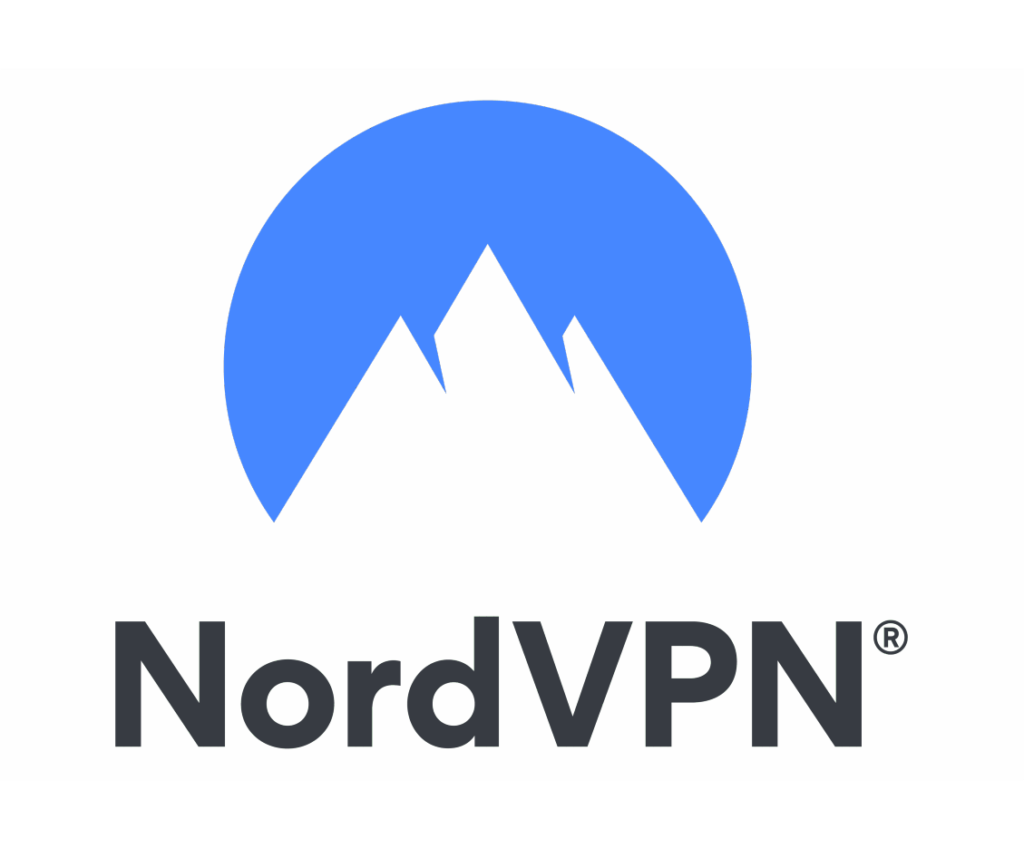
ExpressVPN
ExpressVPN also stands out as a good alternative because of its many included features. It is considered the fastest VPN on the market.
The cost to subscribe to ExpressVPN is US$12.95/month, for one user and up to 5 devices simultaneously .
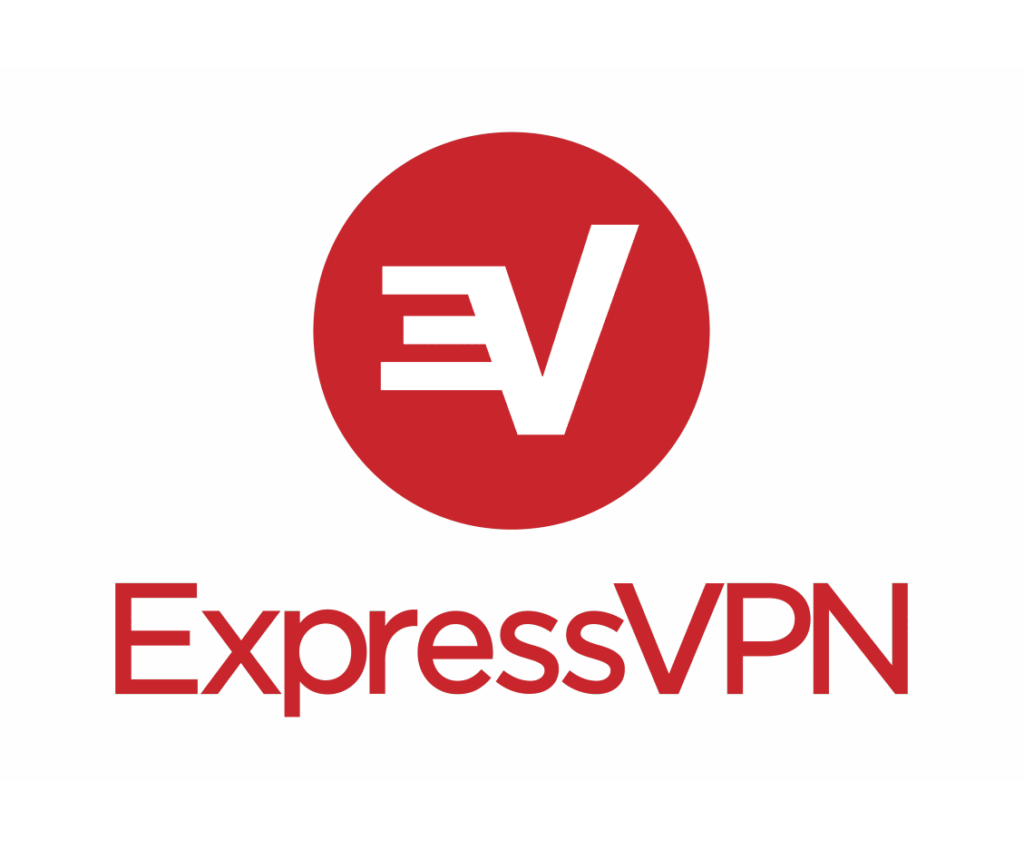
Perimeter 81
Developed by SaferVPN, Perimeter 81 is easy to configure and impresses with the ease of use of its interface.
Perimeter's starting plan is $50/month for up to 5 users .
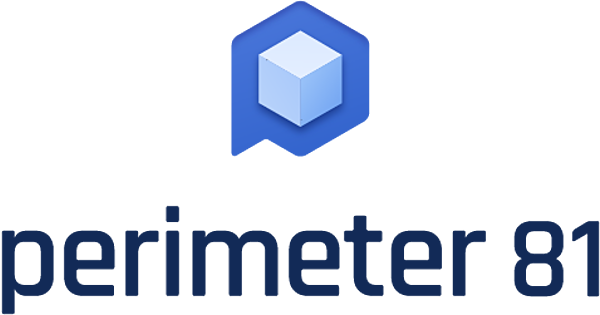
Lumiun Business VPN
Another alternative is the Business VPN which is integrated with the Lumiun service.
Among the previous alternatives, it is the only Brazilian solution, with 100% support in Portuguese and which receives payments in local currency (R$).
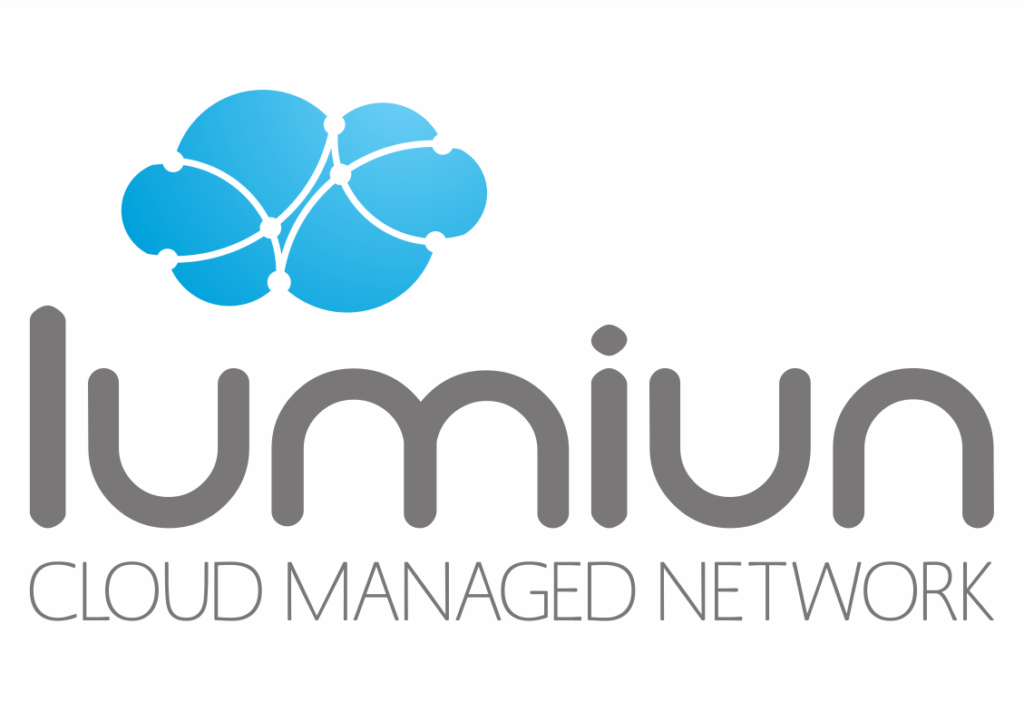
Lumiun Business VPN is a great solution specifically for small and medium businesses so they can provide their employees with secure remote access and monitor security threats.
A great advantage of Lumiun's Corporate VPN over other Corporate VPN solutions is that it applies to employees who are working remotely, in a home office, the same rules for protecting and monitoring internet access that exist on the company's internal network. internet usage policy remains in force , with the aim of improving information security and employee productivity.
Office Suite

An office suite, productivity suite or office package are expressions that refer to the integrated set of applications aimed at office tasks, such as text editors, spreadsheet editors, presentation editors, applications, appointment calendars, contacts, among others. They aim to streamline the day-to-day tasks of an office.
The office suite has become a fundamental tool for the job market and often appears as a prerequisite in job vacancies. Next, learn more about the programs that come with the Office suite and see which tools are best for you.
There are several Office suites available. Programs and prices vary depending on the company providing the service and users' needs. Below, we list the most popular options on the market.
Best Office Suite options
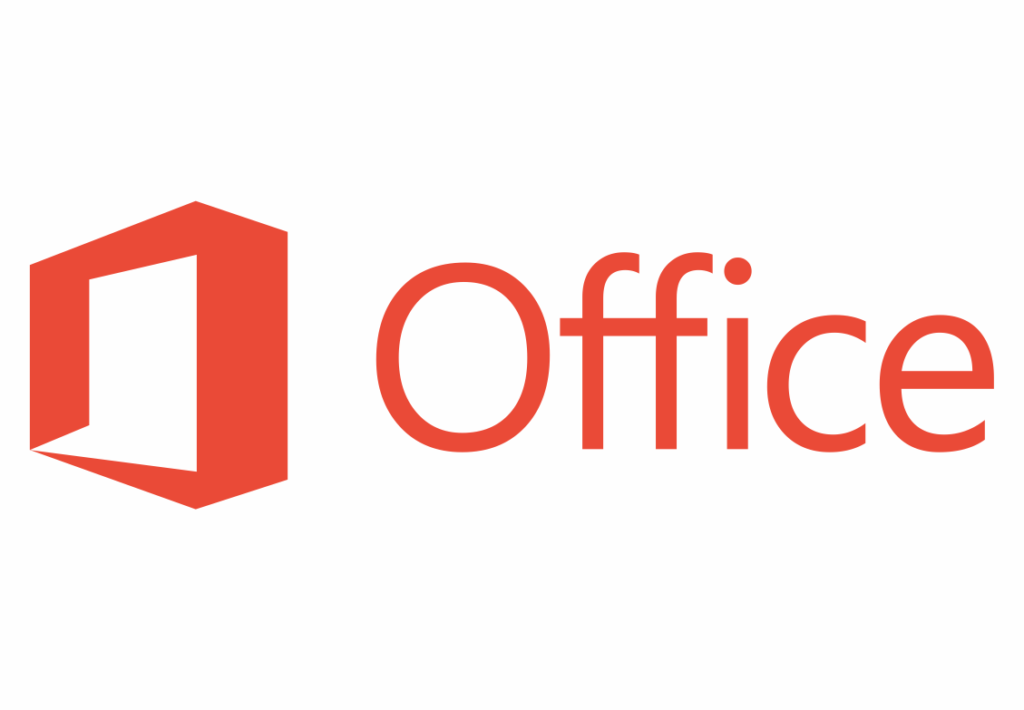
Microsoft Office 365
Microsoft Office 365 is one of the best-known packages, in addition to being used on both personal computers and workstations in various companies. With several tools, it is possible to create documents with different formats or use templates provided by Microsoft itself. In addition to the traditional Word , Excel and PowerPoint , for editing texts, tables and presentations, respectively, the suite also offers Microsoft Teams , for synchronizing teamwork, and Microsoft Outlook , a powerful email client.
These applications, among others, are included in packages that can be purchased for prices starting at R$239, for a single user, or in Home, Student and Business versions, which have different prices. In addition to the desktop suite, there is also an online tool that also offers space to store documents and applications for Android cell phones .
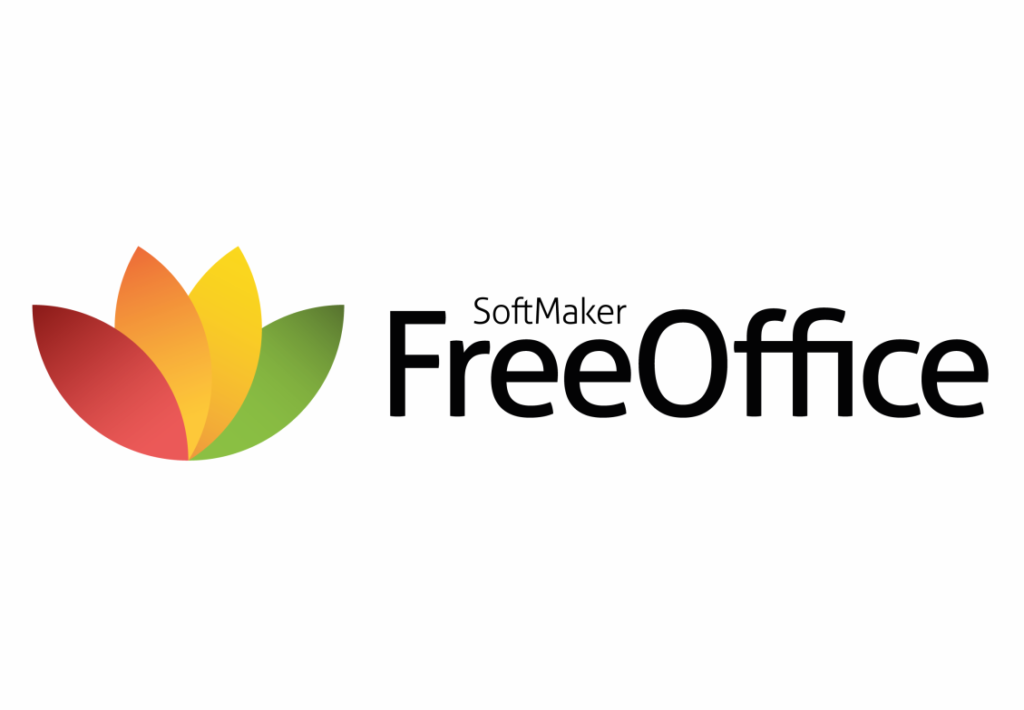
FreeOffice
FreeOffice open source suite a look similar to Office 365. The tool is a good option for those who want the experience of using different software at no cost . The package is free and can be used for private and business purposes. It offers text, spreadsheet and presentation with many tools that allow you to achieve professional results.
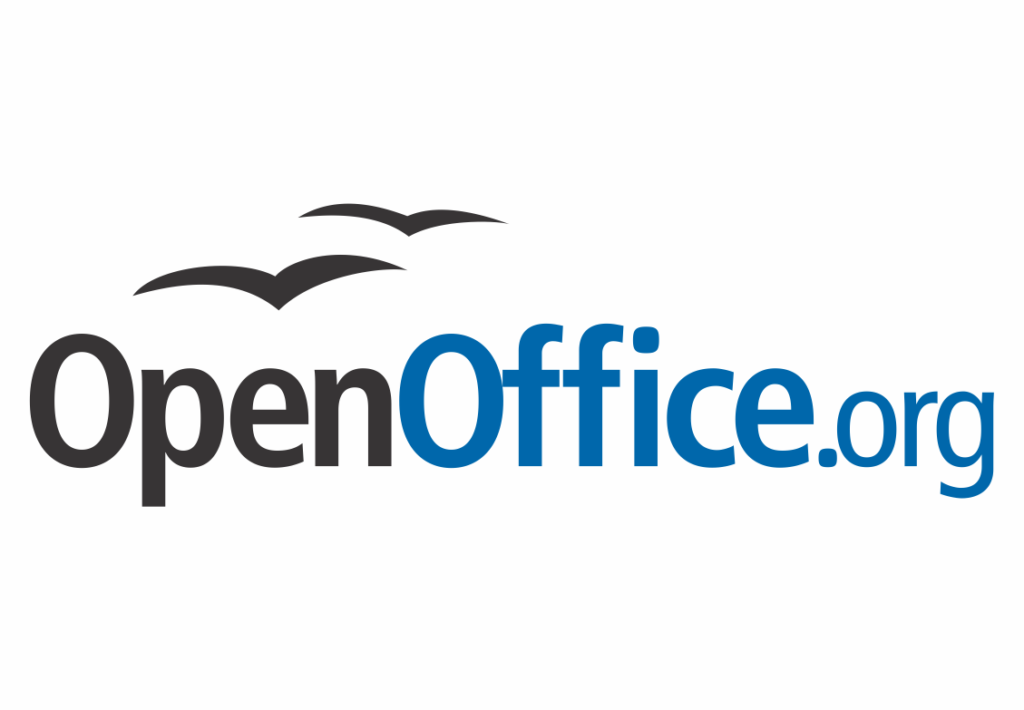
OpenOffice
OpenOffice , in addition to standard text, spreadsheet and presentation applications, features the powerful Base. This tool, which has the same function as Microsoft Access, is capable of creating and managing spreadsheets in a database model for easy insertion, consultation and handling. The layout is not as user-friendly as Office 365, but it is easy to learn how to use it . The suite also has Draw, for producing 3D diagrams and illustrations, and Math, for mathematical calculations. OpenOffice is also free.
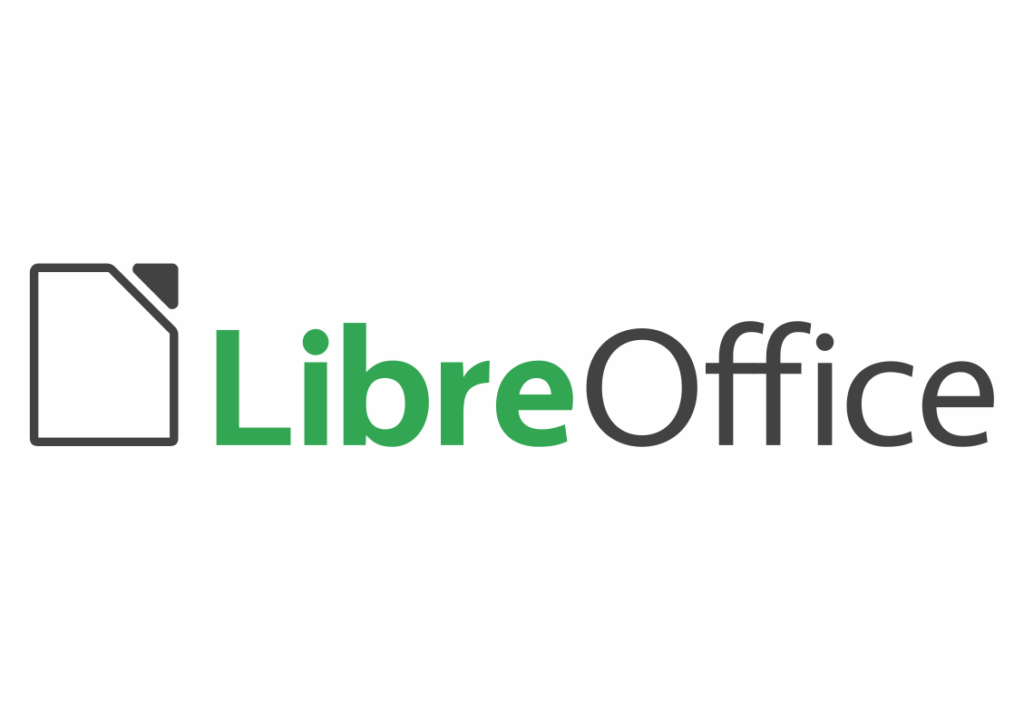
LibreOffice
With constant updates and an engaged community, LibreOffice is on its way to becoming one of Microsoft Office's biggest competitors. The project, which began in the 80s, is supported by several institutions, such as the University of São Paulo, the University of Campinas and the University of Santa Catarina. With an open source license, the program is free and available in different languages.
The suite has text, table, drawing, database and graphics applications. The layout is quite different from the Microsoft program , but the features compete on equal terms. The package also has two applications for Android : a viewer and a printing application, but it can be installed on a pen drive to be used on any computer.

WPSOffice
WPS Office 2019 , a free alternative to the Microsoft Office suite, is available from the Microsoft Store. The availability of the software is nothing new, it had been in the store for some time, but its update, that is, the most recent version of the program, was not yet among the applications in the Windows store.
WPS Office 2019 can be downloaded for free, but it comes with some ads and limitations. It offers a Premium subscription , which costs US$29.99 , (which is almost R$119) per year, the benefits of being a subscriber are 20GB of cloud storage , (it's only 1GB in the free version), there is also no ads and unlocks some additional editing features.
To install WPS Office 2019 on your Windows 10, simply type the name of the software in the Microsoft Store search bar and download it for free.

Zoho
Zoho Docs is another great option for those who need office applications, as well as offering marketing and contact, finance and people management tools. The design is similar to Google Drive and the service is also available for Android and iPhone ( iOS ) smartphones. The user can access the program from any device just by logging in. Its main features of the Office package are: Writer , for texts, Sheet , for spreadsheets and Show , for presentations.
File Storage

In this topic, we have brought together the best file storage services in the physical structure and in the cloud.
Storage NAS – Local storage
Storage NAS (Network Attached Storage) is a storage unit designed to store and share files from several computers within a local network. These devices are solutions made up of hardware and software, capable of storing folders and files centrally and which have advanced features for managing stored data.
These storage servers are compatible with the most popular operating systems, such as Windows, Linux and MacOS. This compatibility provides a multi-platform collaboration environment, where computers, notebooks, tablets and other mobile devices can access and store information centrally.
Below is a list of the best manufacturers of Storage NAS solutions.
Synology
A leader in the manufacture of network attached storages (NAS) for small and medium-sized companies, Synology delivers everything from small network servers to large, redundant and high-availability information systems. Its servers are robust and prepared for intense work, with simple management and applications to improve productivity. With products ranging from Personal Cloud Storages for SATA III disks to redundant systems of high capacity and availability, Synology NAS are divided into two groups: The DiskStation family has external models that start from 2 and reach 12 hard disks in a single cabinet and the rackmount storages Rackstation, designed for 19″ racks with up to 12 bays for hard drives and the possibility of expansion.
WD MyCloud
The My Cloud NAS family is made up of hard disks with connection to local Ethernet networks and are ideal for organizing household information. With 2TB, 3TB, 4TB, 6TB or 8TB of capacity, WD NAS are ideal for centralizing backup, sharing photos, videos and files, creating a personal cloud. Furthermore, My Cloud hard disks allow you to synchronize files from computers, cell phones and tablets, as well as synchronize data with cloud services such as DropBox.
Scary
The Asustor NAS server is reliable, robust and cost-effective. With storage for 2 or 4 SATA hard disks, the equipment has simple installation, an ethernet port for LAN network connection and at least one USB3.0 for external backup. With cross-platform capabilities, the Asustor AS10 and AS31 NAS allow you to share data between different devices and operating systems such as Mac OS, Windows, notebooks, cell phones or tablets.
Cloud storage
Cloud storage surpasses storage on physical media in practically every aspect, bringing advantages such as:
- There are online storage services that allow you to synchronize data from your computer in real time. Functioning as a kind of simultaneous backup. Bringing great security to your files.
- You don't need to upload any media, just have a login, password and internet connection to access your files from anywhere.
- Your database can be synchronized with mobile devices such as smartphones and tablets, allowing you to access your files wherever you find most comfortable or viable.
- Some sites allow you to use their database as hosting, uploading videos and photos and being able to run them directly on a website or blog.
- To send large files to other users, some online storage platforms offer practical means, such as the possibility of generating links to download these files.
Top cloud file storage services:
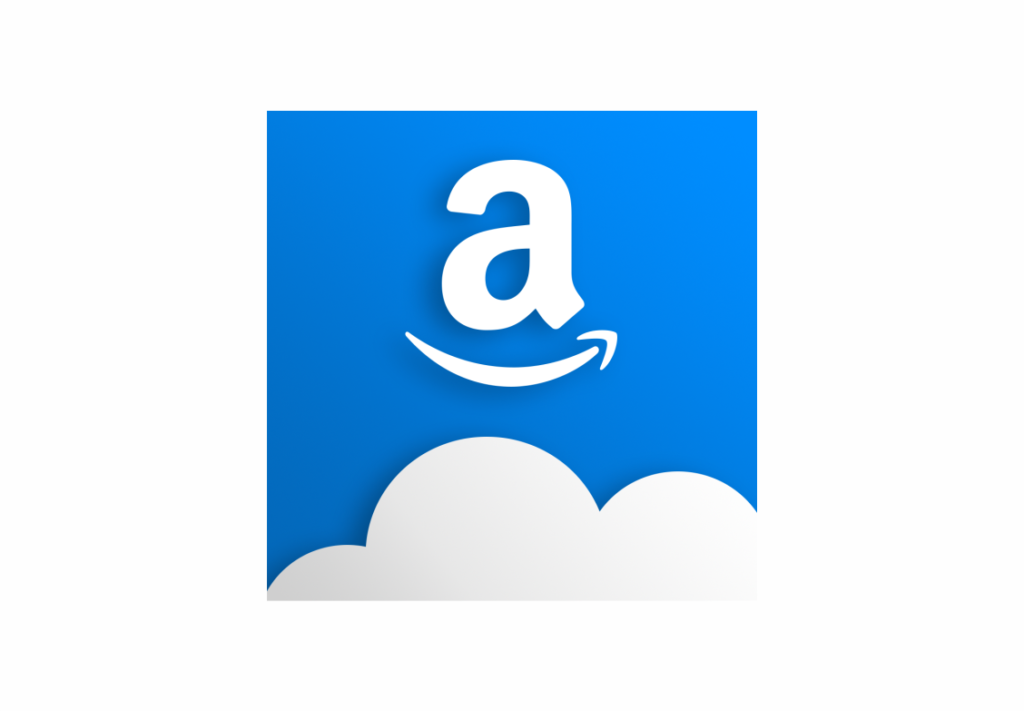
Amazon Cloud Drive
Amazon Cloud Drive, or simply Cloud Drive, is Amazon's online storage service, available for Android, iOS and Windows devices. It offers 5GB of free space for uploading documents, photos and videos, as well as paid packages with up to 1TB of space. The service synchronizes files shared across computers, smartphones and tablets.
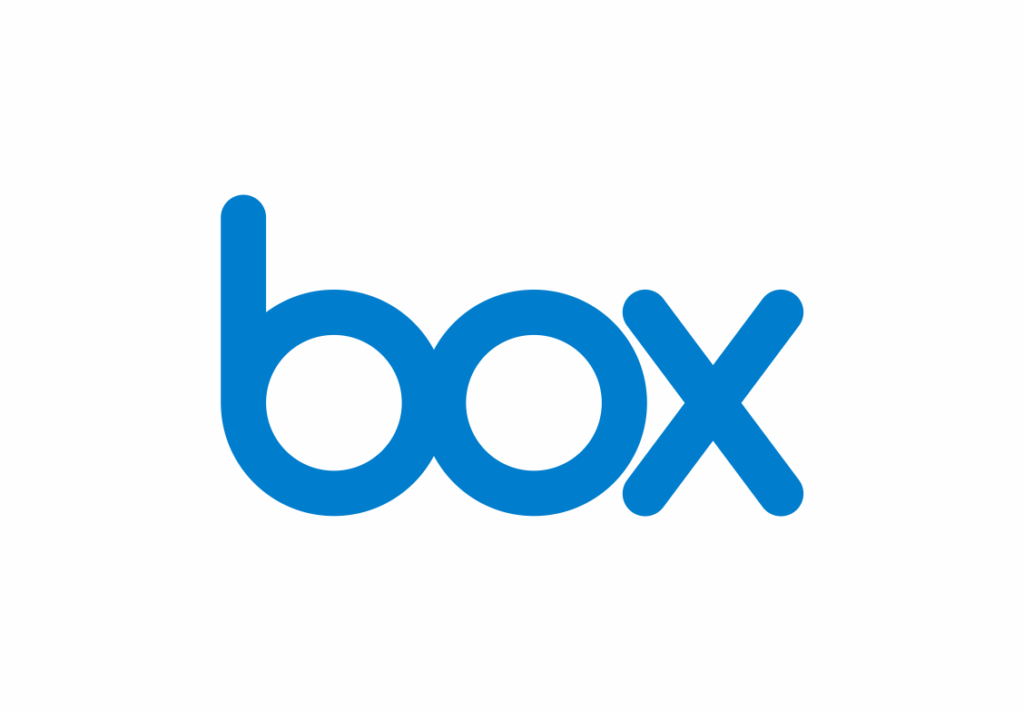
Box Drive
Box is a free cloud file storage service with synchronization between devices on different platforms via dedicated apps for iOS, Android, Windows Phone, Windows 10 and macOS. With integrated file management and compatibility with several other productivity applications, Box is one of the main solutions in the segment for mobile devices.

Dropbox
Dropbox is a cloud data storage and synchronization service that saves your files and photos on online servers. The program is available for download on computers with Windows, Mac, Linux (Ubuntu and Fedora) and Chrome, in addition to being possible to access on apps for Android, Windows Phone, iOS and Blackberry. There is also the possibility of managing all your files through a secure website.

Google Drive
Google Drive is an online service that allows you to store files in the Google cloud. The application, available for Windows PC, Mac, Android and iOS mobile phones – it is also possible to access the web version – is the American giant's response to programs of this genre, such as Dropbox and SkyDrive. With it, you can upload and access your files, including videos, books, photos and PDFs. Google Drive brings together documents from the manufacturer's other products in one place, such as Google Docs, Google Photos, Google Sheets, Google Forms and Google Slides.
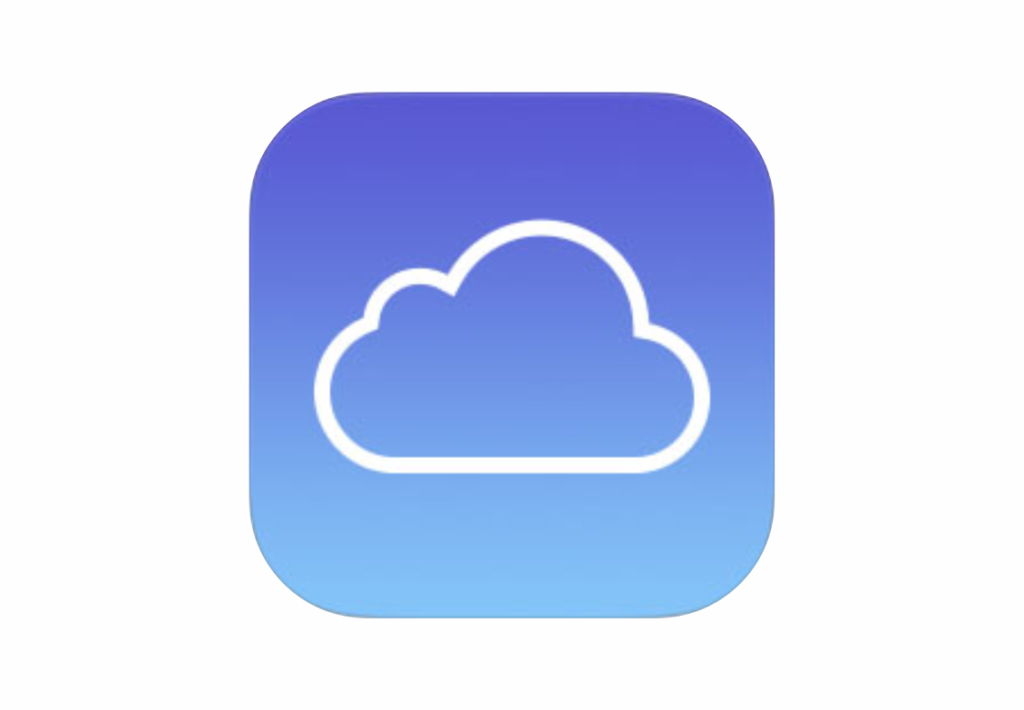
iCloud
iCloud is Apple's cloud service offered to iOS users. They can back up their data and store it directly from the iDevice itself, so that it is accessible, via iCloud.com , from anywhere, on any other device that has an Internet connection, such as a Windows PC or Mac OS.
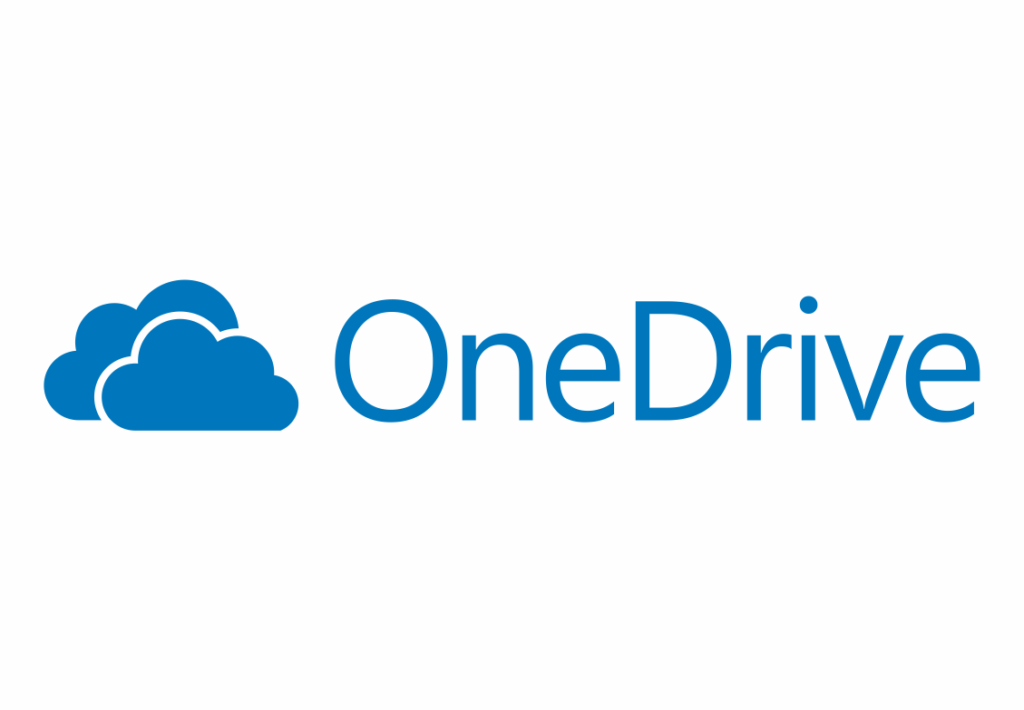
OneDrive
OneDrive is Microsoft's cloud file storage service, free for Android, iOS, Mac and Windows. It is possible to save content in various online formats and access them from anywhere. Replacement of the old SkyDrive, it has basically the same functions as its predecessor, but with some improvements.
Business Email

Business email is increasingly important in the business world and more and more companies are creating at least one address. But do you know what a business email means and what its purpose is? We tell you everything!
Business email, also known as corporate email, is a company's personalized email type, such as “ contato@suaempresa.com.br ”. Its biggest advantage is generating more trust and credibility in customers, in addition to making communication between company, customer and suppliers more formal and professional.
This type of email is essential for every company that is connected to the internet and wants to stay up to date with its business, in addition to needing to have an email address always working, something very important nowadays. As a characteristic, this type of email always uses the company website domain in its name. For example, in contato@yourempresa.com the “ yourempresa.com ” is the same address as the corporate website.
Corporate email is recommended for small, medium and large companies, as well as self-employed and independent professionals who want to make their business more personalized.
Benefits
Among the main advantages that the functionalities of a business email bring are:
- The credibility it gives the company. An email that does not have the company's address in its name can be identified as an individual or even as spam.
- A business email can also bring more visits to your website. When a user receives a message and sees the recipient, they tend to visit the website and this creates a good opportunity to present the business.
- The personalized address also makes it easier to record your company name and website. Even emails can be decorated more easily, as the website is used in all of them. Example: “contato@suaempresa.com”, “atendimento@suaempresa.com”, “trabalho@suaempresa.com”, etc.
- Business email also provides greater productivity, as free providers have advertisements that can distract employees.
- This type of email is also usually safer, as providers offer antivirus and anti-spam.
A company with corporate email has already become commonplace. This only brings benefits, translating into better relationships with customers and increasing profit and productivity.
Top Business Email Providers
Gmail

Of course, it is on the list of “which is the best email for companies”. The truth is, Gmail is so popular that it barely needs an introduction.
G Suite package , specially created to bring together the business versions of Gmail, Drive, Calendar and Docs, offers a complete plan!
First launched in 2004, Google's Gmail has become the market leader in free email services, with more than a billion users worldwide.
Gmail's stripped-down web interface is a highlight. Most of the screen is dedicated to your inbox, with a minimum of toolbars and other functions.
Messages are organized into conversations for easy viewing, and you can read and respond to emails with ease, even as a first-time user.
There is a lot of power here. Among the most notable features are:
- Messages can be automatically filtered into tabbed categories like Inbound, Social, and Promotions, helping you focus on the content you need.
- Cutting-edge spam blocking that keeps your inbox junk-free
- Ability to manage other accounts from the same interface (Outlook, Yahoo, any other IMAP or POP email)
- 15GB of storage for your inbox , drive, and photos. You also have the possibility to buy more space.
- Snooze feature that allows you to snooze an email for a specified period of time (it also automatically labels that email as important).
G Suite is Google's answer to Microsoft Office, so, of course, you also get apps for working with documents, spreadsheets, and presentations.
In the basic plan the cost per user is $5 (5 dollars) per month. If you want, you can take a 14-day free trial.
Outlook
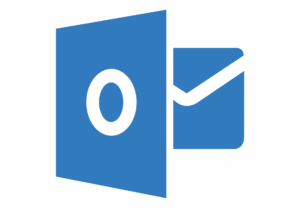
Outlook 's web interface follows the same familiar style as its desktop software.
- Folders and organizational tools on the left
- The contents of the inbox in the center
- A simple preview pane on the right (with ads in the case of the free account).
A toolbar provides quick access to common features, and right-clicking on folders or messages will show just about everything.
If you've ever used another email provider, you'll find out the key details in a moment.
Despite the apparent simplicity, there are diverse functionalities. The service automatically detects important emails and places them in a targeted inbox, keeping any distractions hidden.
The Office 365 for business upgrade offers:
- Ad-free inbox
- 50 GB email storage
- Ample 1TB OneDrive storage.
Extra options include:
- Offline work
- Professional message formatting tools
- Telephone or chat support
- File recovery against malicious attacks and much more.
You can buy Office 365 for R$239 per year, and it includes, in addition to Outlook, Office applications for one user.
Zoho

Few people know it, but Zoho Workplace is a business-oriented email service that includes an online office, document management, a series of collaboration tools and other extra options.
Zoho's free plan supports up to 25 users , each with 5GB of mailbox storage, and can be used with their own domain .
These are features you'll typically only find in commercial, paid products, and when you consider the spreadsheet, word processing, presentation, and other tools available, Zoho email provider really seems like a perfect option.
The free plan is still a bit basic. It offers online-only access, for example, and there's no support for email forwarding.
Fortunately, the Zoho Standard plan fixes this. For just $2 per month, per user (paid annually). He allows:
- IMAP and POP access
- Email forwarding
- Active Sync
- Multi-Domain Hosting
- Email with own domain name
- 30GB of storage
- Limit 30 MB for attachments and 25 MB for the free plan.
You also have Pro and Enterprise plans available, which add more options.
Locaweb
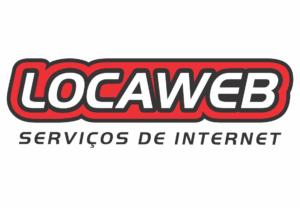
Locaweb is a pioneering company in Brazil in website hosting and is also highlighted in the ranking of the best professional emails. The Brazilian platform includes all the features expected from a professional email service: vacation notice, signature, anti-spam, antivirus, among others. Additionally, emails can be read directly in the browser or in your preferred email application/program.
The service is sold in packages with a pre-determined number of mailboxes. The starter plan offers 25 email boxes, each with 15 GB of storage space. This plan costs R$26.30 per month, in the annual payment cycle. For comparison purposes, each mailbox costs the equivalent of R$1.05 per user, per month.
Corporate Communication

One of the biggest secrets for those who want to sell more is to keep the sales team in touch and improve team communication — especially if you have employees who work remotely.
Not investing in easy and practical information exchange is one of the biggest mistakes in business communication . As a result, a lot of information is lost, some specific questions cannot be answered and employees end up without support, whether from the coordinator or the team itself.
And the most intriguing thing about all this is that this common failure has simple and often free solutions, using online internal communication tools.
A good example are free-to-use applications and collaborative software. All it takes is the involvement of the team manager to formalize, manage and publicize the use of new tools and that's it!
Best tools for internal communication
Slack
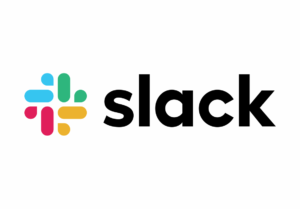
Eliminate unnecessary emails by using Slack for internal communication
Slack an internal communication tool for companies. It is a very fluid and simple chat, excellent for everyday use.
A good tip is to integrate Slack with Trello (activity monitoring and control platform), ensuring that all activities and tasks are recorded and communication is always transparent.
Discord

Another app to communicate via voice, text and video that can be very useful for your sales team.
Initially, Discord was created to broadcast live video games, known as “gameplays”. But the quality was so good that people started using Discord for other purposes , such as teaching classes, creating communities, gathering friends, study groups, holding online conventions and, of course, work groups!
Therefore, you can also use Discord as an organizational communication tool.
Microsoft Teams
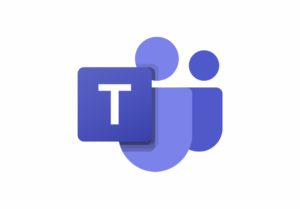
Microsoft Teams was born in 2016 and only gained a free version in 2018. Until then, to use it you needed to be an Office 365 subscriber. Teams' free plan can be better than Slack in some points.
One of the biggest advantages over its rival is the possibility of creating group video calls with screen sharing on the free plan, without the need to subscribe to a paid plan to do so. Furthermore, there is integration with Skype and Office 365, making it possible to carry out various tasks without leaving the tool.
Paid plans remove all limitations of the tool, allowing unlimited user participation in groups.
Workplace
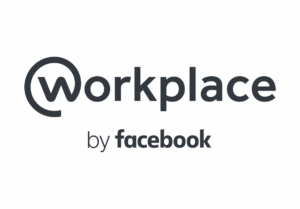
The tool has the familiar social network interface, but aimed at a corporate footprint. Facebook Workplace allows you to create an account separate from your personal Facebook account to interact with coworkers.
Facebook's Corporate Social Network offers standard features such as: news feed events; files; notifications and chat. Your purpose? Improve Internal Communication, between employees and the organization.
Called a social platform, Facebook Workplace aims to put all employees in contact with the company, with the ambition of retiring old-fashioned communication tools such as emails and intranets.
Activity and Process Management

Organize your day, take care of personal obligations, know exactly what needs to be done at work. If you've decided to lead your career on your own, you know how difficult managing tasks can be. Who has never sunk into jobs that seemed endless? Planning and task management are part of the scope of work for those who manage a small business. Trying to do everything at once is one of the biggest procrastination traps. When you find yourself immersed in a pile of work, that feeling of leaving everything for later is likely to appear.
Maintaining focus is one of the most challenging attitudes. Productivity is completely linked to how we deal with the number of tasks and the time available. Carrying out projects in small stages will make everything more fluid, with that good feeling of accomplishment.
We have selected some tools so you never have to suffer again when organizing your work.
Best tools for managing processes and activities
Trello
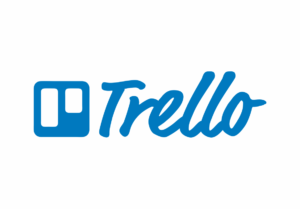
Trello is a great work companion. With it, you create tables that indicate the phase in which your project is under development. For example: “To do, in production, finished, etc”. Trello is very intuitive. Thus, there is a learning curve in using the tool that needs to be respected. If you are not a very patient person, you will certainly give up on Trello. But we guarantee: it's worth trying it out and insisting on using it until you adapt. It is very dynamic and makes it easy to drag task boards quickly. You can add members and assign tasks to them.
Creating activity flows with Trello is pleasant and light, demystifying the idea that the work planning phase is a heavy and boring activity. The tool allows you to place colored labels to define priorities. The most important tasks can be in red, for example, in order to be located quickly.
Trello is an excellent activity manager widely used by startups and small and medium-sized companies.
ProofHub
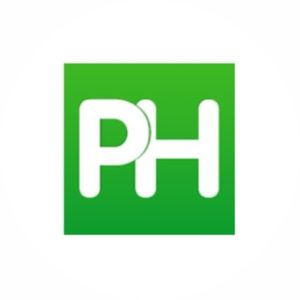
ProofHub is made for everyone. From freelancers to large corporations, from different business sectors. It is a project management and collaboration tool that can fit into all corporate settings.
ProofHub is a SaaS (software as a service)-based project management software that comes with built-in group chat, quick project discussions, workflows and boards, project reports, and many other advanced features.
It allows teams to collaborate and communicate on projects easily and flexibly in one place and is also available for Android and iOS operating systems; making it easier for even remote teams to stay connected. Additionally, you also get a free trial before opting for the paid version.
Quire

One of the coolest things about Quire is that it shows the details of your activities in a side column – just click on the task row and read all about it on the right side of the tool. You can mark items as finished and eliminate them from the list. You can also insert attachments, including from Google Drive, add calendars, upload finished work if you are working as a team, use tags to define activities and much more.
The look is very simple and for those who prefer to work on tools with a more modern and dynamic appearance, Quire may not be the best option. One of Quire's greatest qualities is its versatility. It basically has two distinct areas, separated by columns. It's very easy to manage tasks with just two or three clicks.
Asana
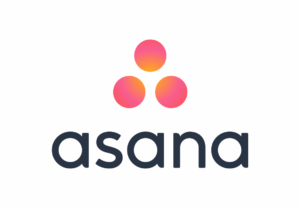
Asana is an excellent tool for managing group tasks. It has chat, a calendar with an overview of members and their roles, a list of activities (which can also be organized through boards) and a discussion forum. Perfect for project managers. Asana is great for visualizing what each team member is doing at the moment and then distributing next steps.
Collaborative chat is a big differentiator, as it facilitates direct and quick communication. No more wasting time sending emails.
Managing tasks with this tool becomes a very interesting activity due to its ability to group different teams and have access to graphs showing the progress of each team's work. The tool can also be integrated with email. Its Premium version allows you to manage tasks for large teams in an easy and dynamic way. For small companies, with lean teams, the free option fulfills its role well.
Microsoft To Do (formerly Wunderlist)

If you're that forgetful type of person, Microsoft To Do is the ideal tool for your daily tasks. One of its functions is to constantly alert you about activities that have not yet been completed. Alerts can be received by email and/or on your cell phone.
In the tool, you organize your tasks in order of priority and can also offer a grade that will indicate the degree of importance of that work. You can highlight tasks so that they stand out to you and don't leave you lost in a sea of information. Microsoft To Do is very easy to navigate. The look is simple and minimalist, great for not wasting time and getting straight to what you need.
Basecamp
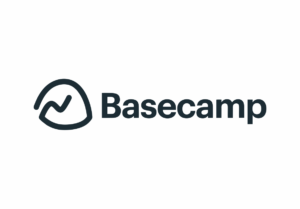
Basecamp is a paid project management tool . It is useful for companies and freelancers, who can use it to organize workflows, issuing reports and timing activities.
As there is no free version (you can try it for 30 days), Basecamp is a very complete tool. It is divided into activities, projects, chats, calendars, among other features that cover different phases of the project, from planning to analysis.
monday.com

This is a collaborative tool that, according to the developer, could even be fun to use . monday.com is based on the so-called “pulse”, which can represent several things: a task, a client, a project, among other options .
The first step in using the tool is choosing a model that adapts to the company's needs. From there, it is possible to customize several items. The platform is intuitive: through columns, in addition to the options we have already mentioned, you can mark locations, add texts, numbers, links and more.
Furthermore, monday.com can be combined with other tools, such as Drop box , Microsoft Excel, Google Calendar, Google Drive and Trello — we'll talk more about the latter later.
The tool is paid and usage costs vary between R$83 and R$15,591 per month — billing is done annually —, with plans ranging from basic to enterprise, from 5 to 200 users . For more than 200 people, you must contact the company to request a personalized quote.
Runrun.it

Despite its name, Runrun.it is Brazilian software that is used to manage projects and monitor the workflow . Through it, it is possible to obtain reports on deadlines, project costs and performance of each professional involved.
With an intuitive, organized interface and support for Portuguese and English, the platform presents its commands through informative tables and efficient instruction guides.
With tags, deadline schedules, search bar and message boards, Runrun.it also allows you to create several different types of reports to retrieve data on every detail of your projects.
Furthermore, the user who manages the main account can stipulate hierarchical levels in their team, customizing access to the platform's resources and functions in creating tasks.
Pipefy

Pipefy company helps companies to be more organized and productive, maintaining in an intuitive way the management of processes and recurring tasks that were previously carried out in spreadsheets, forms and email requests. Pipefy operates on two fronts: it standardizes the way the team works and displays the productivity of each area of the company and team members.
Within the platform, the manager informs which activities the team needs to manage and adds a checklist of what needs to be done at each stage, and who should be responsible whenever the activity is requested. So, every time someone creates a new task, the tool automatically delegates it to the right person and informs what needs to be performed in each phase.
Ease of use is one of the highlights of the tool, which does not require an IT structure for installation.
Currently, the services offered are free for up to five users from the same company. From the fifth month onwards, the company starts paying a monthly fee of 30 reais per registered person.
Helpdesk and Service Management

Having a Help Desk that allows you to organize calls made by customers is essential for good service management . You must have an overview of the status of all tickets to know which ones need priority, which ones have been completed and a forecast to organize all support time.
With this in mind, we have put together a list of the main Help Desk services to improve your company's service structure. Understand the differences between each one and choose the platform that supports your business and can help transform service into a competitive differentiator.
Main Help Desk services
Desk360
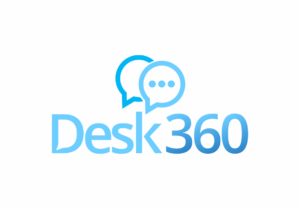
Desk360 is an excellent alternative among Help Desk tools. It helps you centralize services and increase customer satisfaction, as it offers dynamic reports on your calls, as well as allowing you to monitor operator performance.
It allows you to communicate both internally and with your customers. The tool allows you to create forms with personalized fields so that you can collect as much information as possible and direct calls to the right departments.
Desk Manager
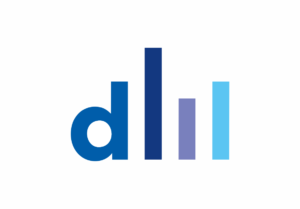
Desk Manager is an excellent option for tracking tickets, managing tasks, evaluating reports and evaluations and even documenting expenses generated from the service provided.
Being a complete and professional tool, it has an intuitive panel and also offers SLA ( Service Level Agreement ) control so you can manage service deadlines for each request created.
Desk Manager has three plans, the most basic of which already offers opening tickets through its portal or via email, as well as complete reports, SLA and much more.
It offers three plans, one of which is free and limited for a single agent, but already offering unlimited tickets, reports and the essentials to get you started.
Freshdesk
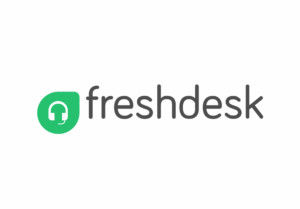
Freshdesk is one of the help desk tools from the company Freshworks – which offers several professional solutions related to customer service, sales, marketing and business as a whole.
It allows you to centralize your services and track tickets easily, as well as convert emails into tickets from the basic and free plan. The company offers five plans and, starting with the first paid package, called Blossom, you already have access to automations to improve your team's performance.
Freshservice
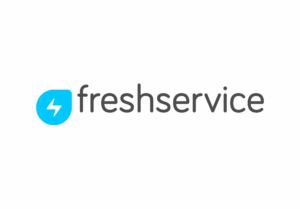
From the same company as Freshdesk, Freshservice is a specialized help desk center for IT (Information Technology) support and services. This way, it is easy to manage tickets and resolve problems in your company directly through the cloud platform.
It offers multi-channel support, so you can answer calls via email, phone, self-service portal, chat, or even in person.
The tool has four plans, where the most basic one already offers you incident management, knowledge base, automations, self-service portal and much more.
Movidesk
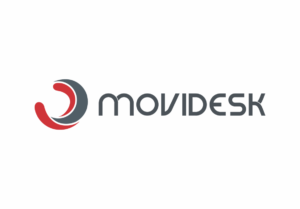
Movidesk is a helpdesk platform for managing and serving customers, which aims to simplify the resolution of complex problems. Within the software it is possible to access customizable resources, which adapt to each company's corporate processes.
Through the system, it is possible to integrate various service channels such as email, telephony, chats and customer portal. It also allows you to integrate information generated from forms and knowledge base, opening tickets and generating service history for each customer.
Through Movidesk it is also possible to monitor, in real time, information about the service team, taking into account more than 75 types of performance indicators.
Zendesk Support
Similar to Freshworks, Zendesk offers several service tools, with Zendesk Support being the specialized option for controlling and managing tickets and support calls.
With it, you can resolve problems quickly, offer all the tools your team needs to record each situation and deal with it in the best possible way, as well as scale your business as needed.
The company also offers five plans. The most basic one costs $5 (US dollars) and already has email and social media channels, a web widget, interaction history and much more.
Zoho Desk
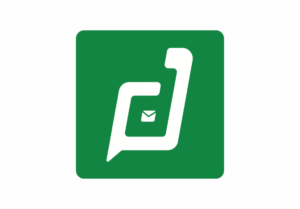
We couldn't leave Zoho out of our list of the best Help Desk tools. The company specializes in the subject and offers several systems aimed at business management.
With Zoho Desk, it's easy to track your tickets and centralize calls on an intuitive platform, natively integrated with several other company tools, such as your own CRM.
It also has three plans and charges monthly per agent, in which the first plan already offers all the essential features and functionalities so you can manage your service.
Video conference

Video conferencing is a simple and essential task nowadays. Through the available platforms, it is possible to set up remote meetings with a few clicks and bring together all employees who need to work from home or who are traveling.
In addition to talking through video calls, these tools offer features for sharing the screen, chatting and editing documents collaboratively.
In the list below you will find the main tools for your company's online meetings.
Main Videoconferencing tools
Cisco Webex
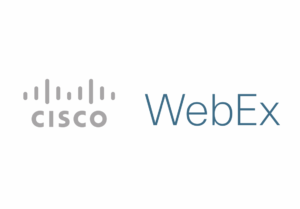
Cisco Webex is a video conferencing application that has been around for a long time.
Launch video meetings from Salesforce, Microsoft Teams, Slack, and popular learning management systems like Canvas and Moodle.
Cisco Webex supports Outlook, Office 365, Google, and more.
Price: Free plans for up to 100 participants and unlimited meetings. Paid plans start at $13.50 per month for 5GB of storage.
Google Meet
Google Meet is the video conferencing service that comes with Google's G Suite.
Join meetings directly from a calendar event or email invitation.
And to support customers in the wake of Covid-19, Google will make advanced business features available to all G Suite customers by September 30, 2020, including up to 250 call participants, up to 100,000 live stream viewers and recordings meeting and storage.
GoToMeeting
The purpose of the GoToMeeting is to help promote meetings with one click. After briefly registering, the user can now create a single meeting or an online meeting room, whose link never expires, and start inviting participants.
Free for 14 days, the service offers features such as screen sharing, chat, meeting recording, conference line for telephone participation and integration with Google Calendar. After the trial period ends, you must subscribe to a premium to continue using GoToMeeting. Prices range from US$12 to US$16 per month. Large companies can contract a personalized plan.
Join me

Join.me is a platform that allows you to hold video conferences directly in your browser. Its operation is simple: after registering, the user defines a personal link that will become their permanent meeting room and sends the URL to other co-workers. Participants just need to click on the address, enter a name and wait for administrator approval.
Join.me has a desktop application, but it is possible to hold meetings without installing it. Features of the service, which is free for just 15 days, include screen sharing, chat, annotations, video bubbles for all participants, microphone control and cloud meeting recording. Subscription plan prices range from R$41 to R$102.
Microsoft Teams

Microsoft Teams is the video conferencing and collaboration application that is part of Microsoft's Office 365 suite (replacing Skype for Business).
Features include scheduling assistance, note-taking, screen sharing, meeting recording, and instant messaging.
Skype
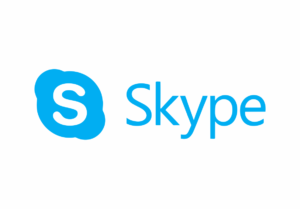
Skype the famous audio and video calling service, is also available in a browser version . With an interface similar to the PC program, the online messenger allows you to create video calls with up to 50 guests for free. You do not need to be registered with the service to participate in a meeting, which can be accessed via a link.
Zoom Meetings

Zoom Meetings is a video conferencing tool aimed at corporate environments that supports meetings with up to 500 participants and webinars with an audience of 10,000 people. How the service works is simple: the meeting administrator creates a room and sends an invitation via email or link to participants, who do not need to have an account on the website. Just access the URL and enter a name to enter.
Among the features offered by Zoom Meetings are real-time chat, file transfer, microphone control, note board, screen sharing and recording of meetings in the cloud. It is important to note that, in free mode, group meetings last a maximum of 40 minutes and are limited to 100 participants. There are no restrictions on online meetings between just two people.
References
https://canaltech.com.br/antivirus/o-que-e-antivirus
Main office tools currently used
What is the Office suite? Discover productivity programs
https://www.neowin.net/news/wps-office-2019-is-now-available-in-the-microsoft-store
https://www.techtudo.com.br/kits/melhores-servicos-de-armazenamento-de-arquivos-na-nuvem.html
https://www.qnapbrasil.com.br/blog/post/o-que-e-storage-nas
https://encontreumnerd.com.br/blog/melhor-email-para-emresas
https://wbweb.com.br/blog/109-para-que-serve-o-email-empresarial.html
Video conferencing: eight tools for holding free online meetings
ydetectives.com/best-antivirus
Did you like the material? Do you think there is an important topic missing or a tip that we missed? Then leave your comment below.
Feel free to suggest new topics, tools or just thank us for the material. This will help us a lot to continue improving each year.
The Lumiun Team thanks you and wishes you success!


